The winter season is to a certain extent the spectre of many e-car drivers, - after all, the battery is less efficient in cold temperatures than at a pleasant 20 degrees. Nevertheless, Tesla owners can make the cold season pleasant and efficient with a few tips and tricks.
Tip 1: Planned departure time
Under Climate -> Pre-air conditioning -> Schedule there is the feature "Scheduled departure time". If you enter a time there, your vehicle will bring the battery up to temperature in good time for departure. What sounds wasteful at first has a sensible background: a warm battery works much more efficiently than a cold one. This difference is so great that it is actually worth using the energy to preheat the battery.
By the way: With Planned departure time, the battery is also fully charged to the desired level at the planned time, provided you have plugged in the vehicle.
Tip 2: Pre-air conditioning and defrosting
Another way to precondition the battery is to use the "Pre-conditioning" and "De-icing" functions in the Tesla app. The former preheats the interior for you, while the latter also heats the windows to remove snow and ice from them and save you scraping. Both functions also preheat the battery, allowing you to use your Tesla as efficiently as possible from the very first meters.
Tip 3: Supercharger use
If you want to charge at a Supercharger, it is always advisable to enter the intended station as a destination in the navigation system (if the system has not already done so). This also means that the Tesla preheats the battery in good time so that you can charge with the highest possible power and as gently as possible for the battery.
Tip 4: Remove snow from the sensors
Safety-related assistance systems such as the emergency brake assist and the autopilot require information from sensors and cameras in order to function properly. To ensure a safe and relaxed journey, it is therefore advisable to clear all cameras and sensors of snow and ice before setting off. Some of this may already be done by the "de-ice" function, but a check never hurts.
Tip 5: Leave the Tesla plugged in
Whenever possible, you should leave your Tesla plugged in at the home socket. This has the advantage that the energy required to preheat the battery, for the air conditioning and for defrosting can be taken from the power grid and the battery and therefore the range do not have to be used.
But don't forget to set a charging limit in the settings. Otherwise, the vehicle will always be fully charged, which significantly reduces the service life of the battery.
Also nervous in winter: snow, rain and slush, which quickly find their way into the car, clinging to your shoes and leaving behind all kinds of unwanted dirt. With practical Tesla mats , your car stays clean even in this wet and cold season.
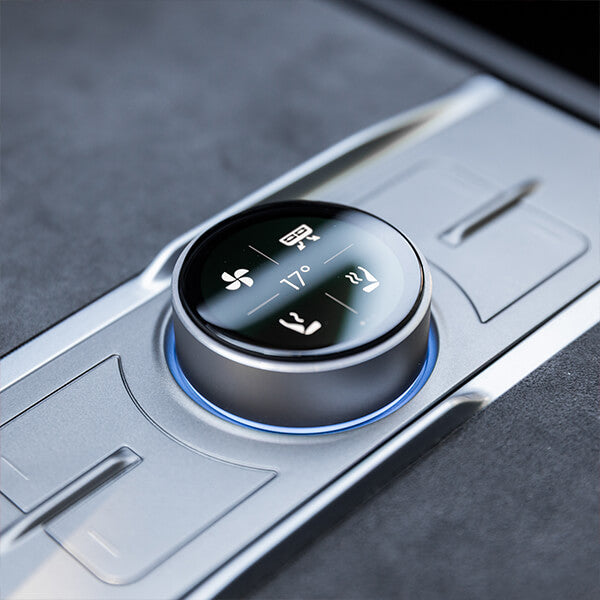
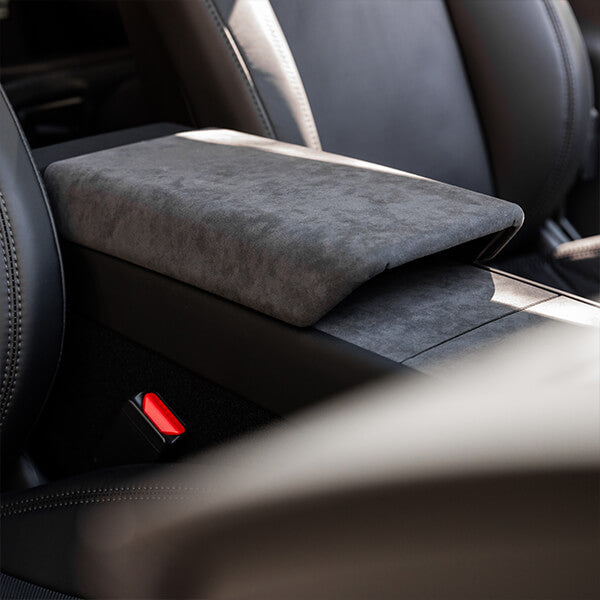
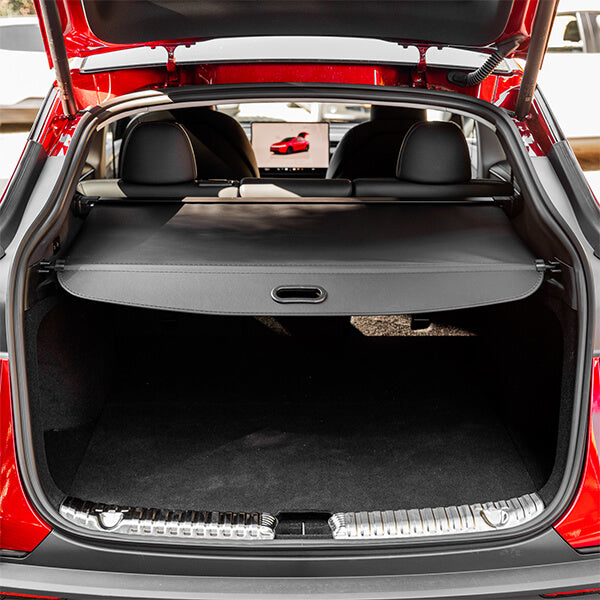
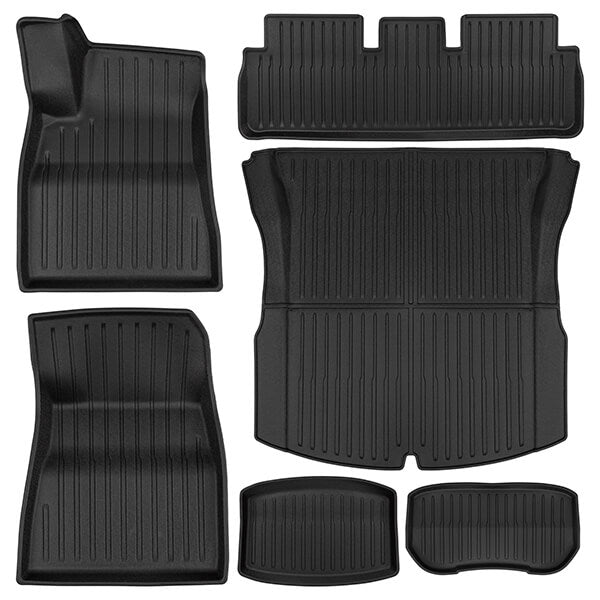
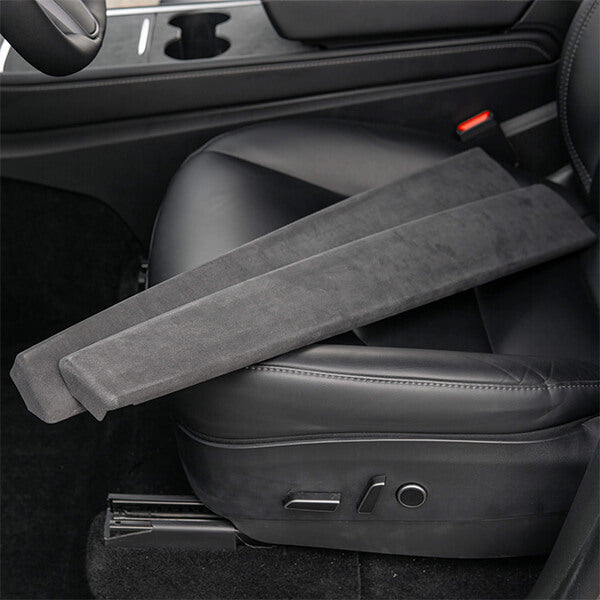
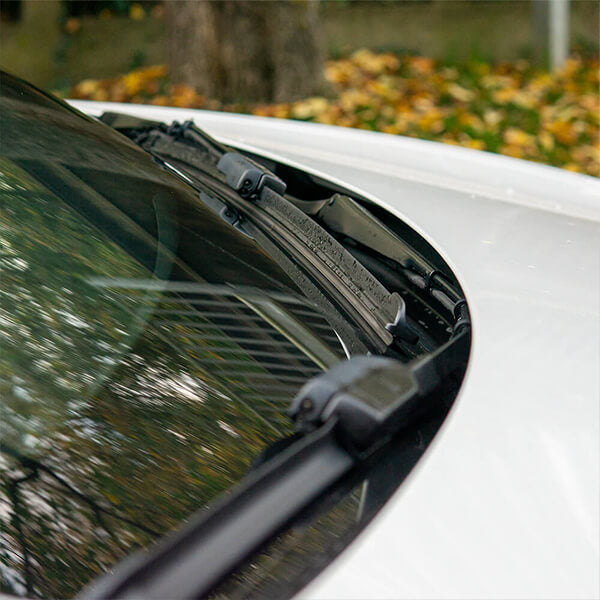
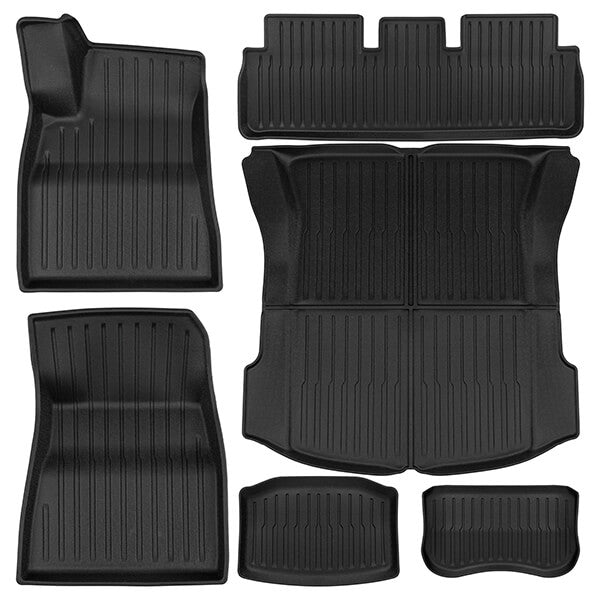
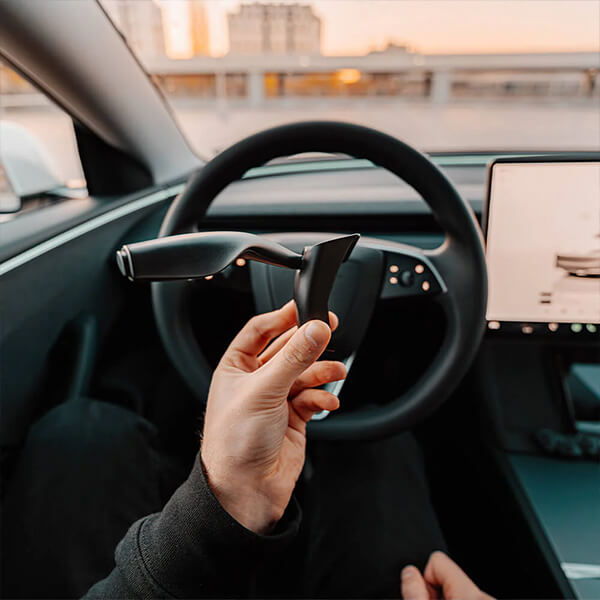
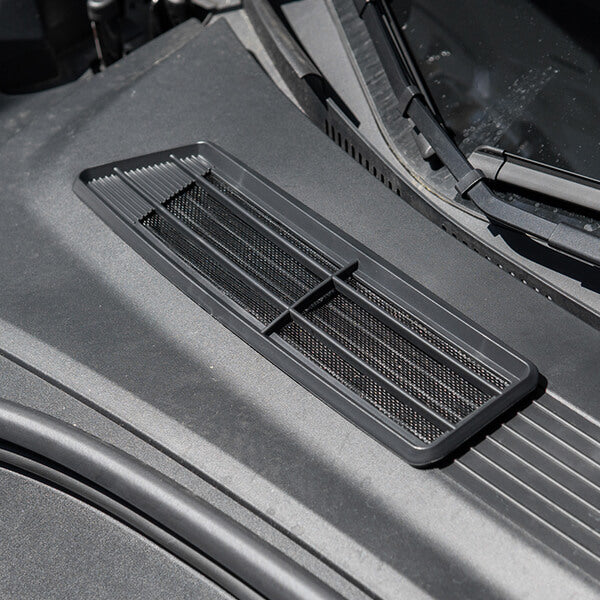

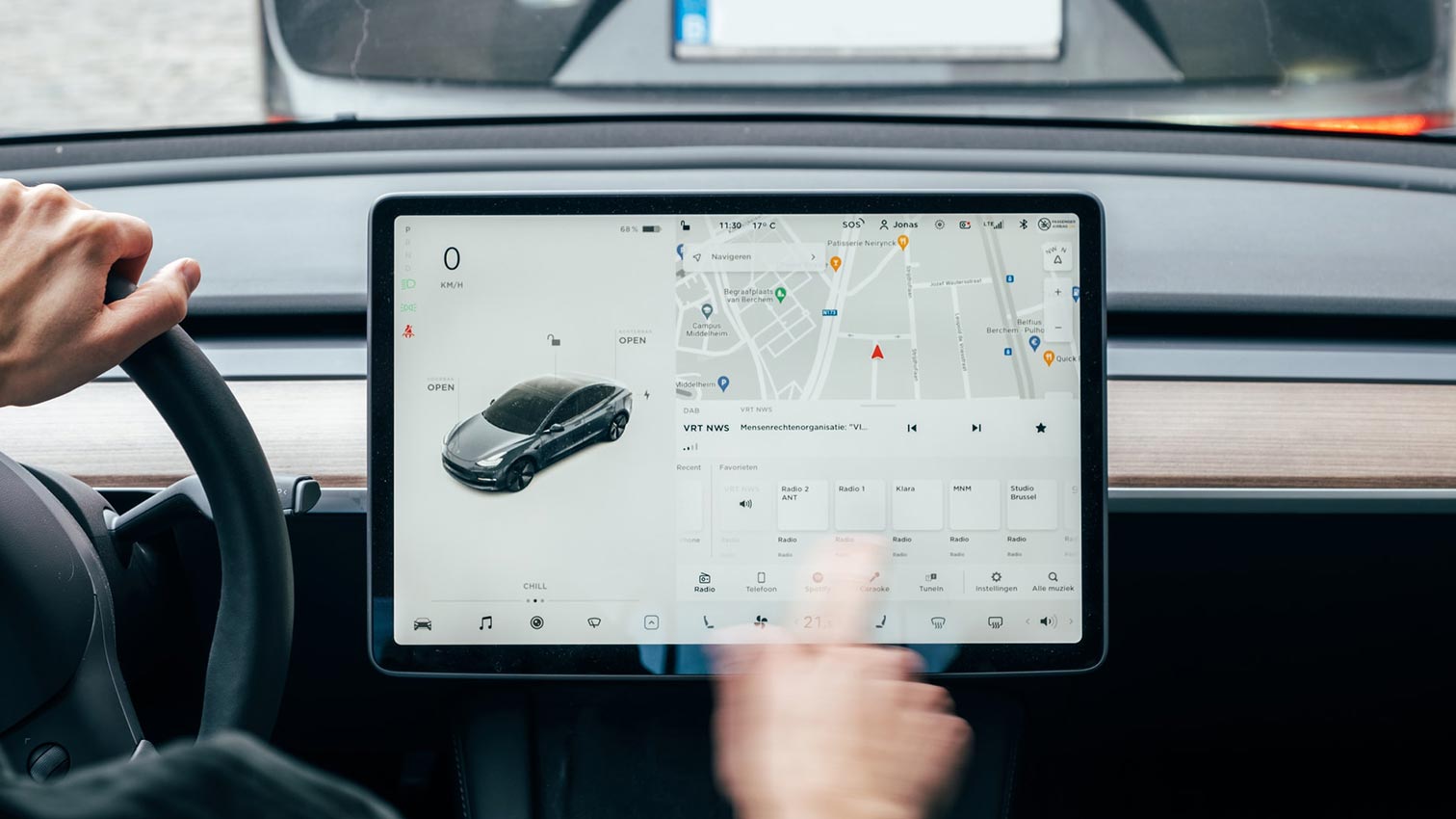
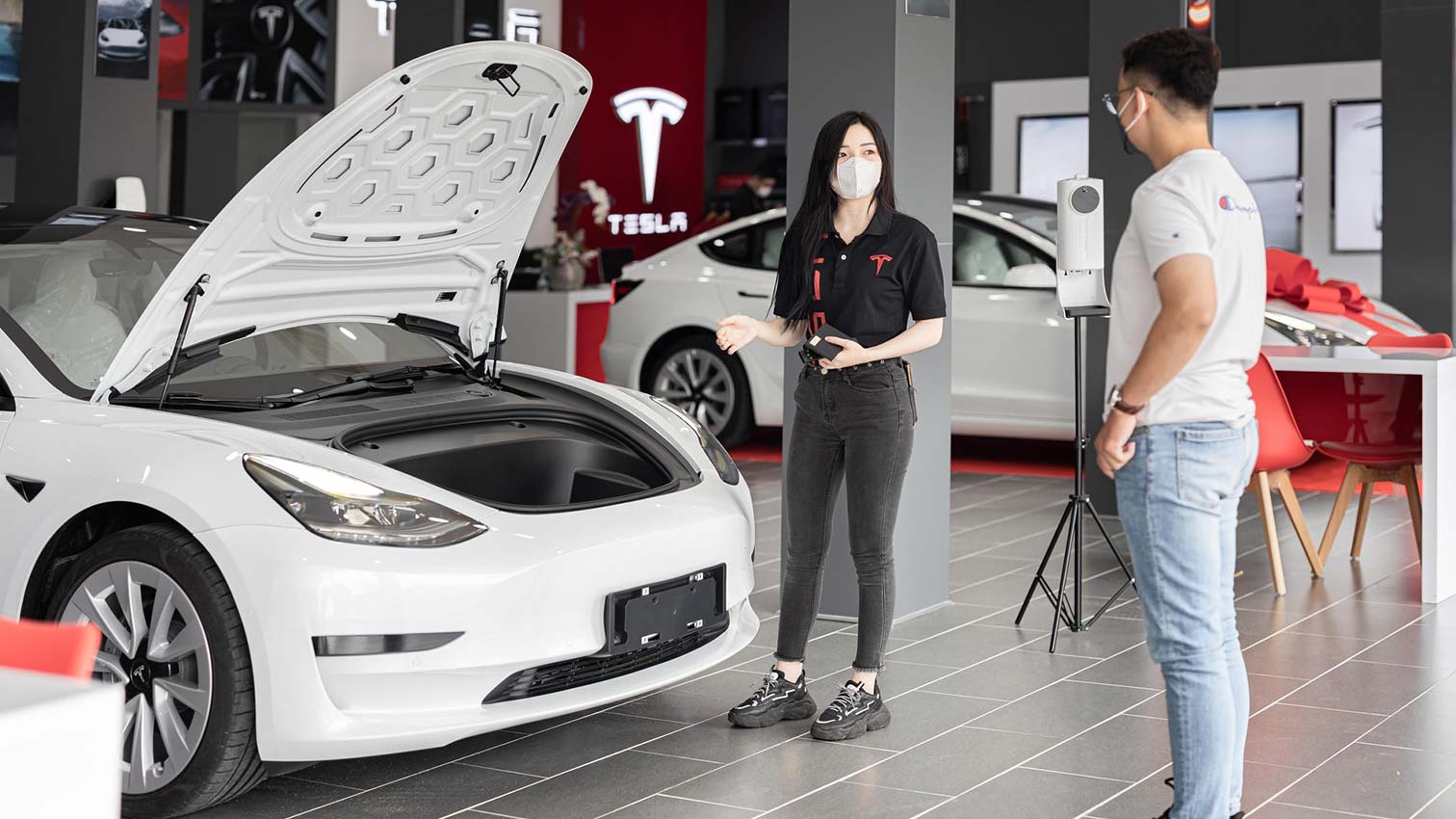

2 Comments
Andreas
Bitte auch nicht vergessen die Türgummies gegen Vereisung zu behandeln, dann noch die Spiegel Einklappautomatik abschalten und die Tür öffnen Funktion in der App nutzen, falls Türgriffe eingefroren sind und man keine Lust hat das Handgelenk zum Hammer umzufunktionieren und das auftauen mit Strom ebenfalls nicht funktioniert…
Bitte auch nicht vergessen die Türgummies gegen Vereisung zu behandeln, dann noch die Spiegel Einklappautomatik abschalten und die Tür öffnen Funktion in der App nutzen, falls Türgriffe eingefroren sind und man keine Lust hat das Handgelenk zum Hammer umzufunktionieren und das auftauen mit Strom ebenfalls nicht funktioniert…
Daniel Kaiser
Danke für die Tipps :) ersteres war mir so tatsächlich noch nicht bewusst.
Bzgl. Ladelimit könnte man noch den Hinweis mit auf nehmen, dass das nicht für LFP gilt. Da empfiehlt Tesla, das Ladelimit auf 100% zu belassen
Danke für die Tipps :) ersteres war mir so tatsächlich noch nicht bewusst.
Bzgl. Ladelimit könnte man noch den Hinweis mit auf nehmen, dass das nicht für LFP gilt. Da empfiehlt Tesla, das Ladelimit auf 100% zu belassen